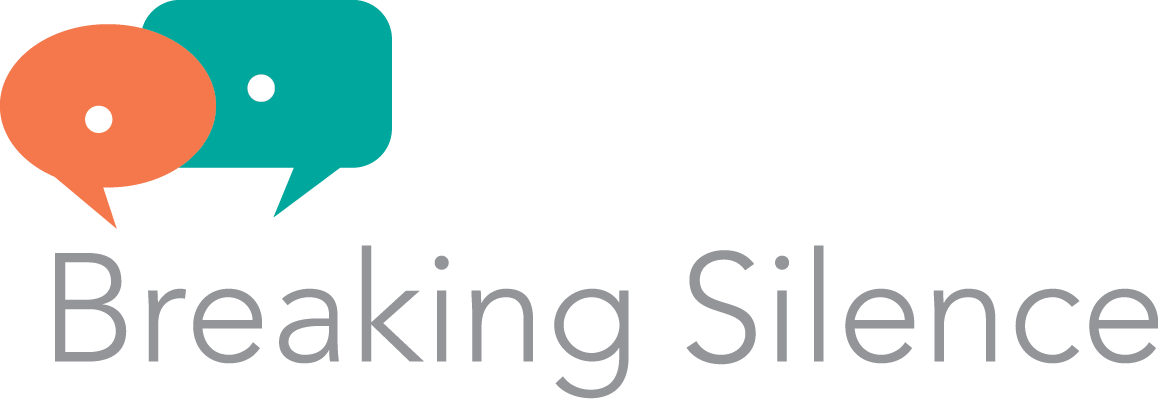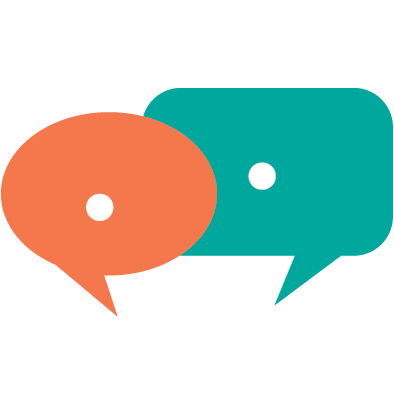To Shield From Harm
Protection: to be a shield from harm
A simple definition but one with a lot of weight. Protection has a way to toe the line between savior and abuser. Offering someone something they may not want or think that they want, is that protection or the removal of rights? At what age does the voice of the speaker outweigh societies desire to protect them? If we are indeed protecting people from harm, what is the harm we are protecting them from? We cannot have protection from, without understanding the harm that is being created. In order to define protection, we have to know the ways in which we are actively identifying harm and abuse.
When we dig deeper into the current nature of legislation, the influence of personal beliefs, and our own personal feelings of safety the story becomes complex. As a society, we tend to preach the significance of sovereignty, but the reality of that sovereignty depends on how you exist in the world. Are you a straight, cisgender white male? Then your sovereignty is far greater than anyone else’s. In fact, the existence of sovereignty is built around that exact identity. This means that what we (all others) need to be protected from gets defined from that system. For example, is it harmful for people to have abortions or is it harmful for people to not have access to abortions? Is it harmful to allow trans kids to receive gender affirming care or is it harmful to deny it? Then what happens to the words when we add in more strength? When we start to legally label giving kids access to care as abuse. Or an abortion as murder.
As an organization, it is our mission to prevent interpersonal violence (IE: child abuse, sexual assault, domestic violence, stalking, and verbal abuse) by having difficult conversations. So let’s have it.
To be clear, there is no legitimate research that says giving trans kids access to transitional care is abuse. The trans community is asking to be seen and believed. They are asking us to protect them by starting with “I believe you. I am here to listen. I trust that you know your body more than I or anyone else does. I will walk along with you, to ensure you live a richer, and more authentic life. I will protect you from harm as best I can as an ally.” We need to learn that the harm of denying someone their truth is far greater than simply accepting who they are and knowing their identity has no influence on our own. We need to trust that removing those trying to support these kids and charging them with abuse, will lead to unnecessary pain and suffering that no one deserves to feel.
Parents, doctors, friends, and family that support children in their journey of identity, are not abusers. To add this label to those trying to support and help, is harmful to those that are facing abuse and neglect (meaning physical violence, sexual violence, verbal abuse, etc ). Abuse is already on the rise due to COVID and kids being at home more often than ever before. Kids are already dealing with more stress and anxiety than we have ever seen. The system is already drowning. This is not the time, it is never the time, to decide to redefine abuse in order to fit the patriarchy’s agenda. Abuse causes harm. Supporting, believing, loving and acknowledging the needs of a child has never been abuse and that fact remains no matter how many new laws may attempt to change this.
Protection from harm is not about your agenda. Protection from harm is not about disliking something so we start calling it abuse. Protection is not about dominance over a group of people. Abuse is about dominance, it is about power over, it is about control. If our goal is to protect, then we have to trust that people know what is best for them. Even if we do not agree with the choice, that does not give us the right to then dictate someone’s actions. Doing so only leads to that person losing themselves and when someone is lost that is when harm happens. That is the irony of the current system of ‘protection’; when we use it in order to full-fill our personal agenda and power, all we will ever do is cause more harm.
Is this complicated? Of course it is. Interpersonal violence is not easy. It is not black and white and there are a million nuances to this space. But as I tell people whenever they want to know if something is good or bad I ask them this simple question: Does it feel icky? If it feels icky, it is icky.
If we are truly motivated to move the needle on violence and protect people, we must start asking those that are most impacted what is needed and listening to their answers. The reality is, what each person needs is likely to also be different from one another. The same thing that is empowering or healing for one person may not be the same for another. Hearing what people need is not designed to be an argument but an opportunity to get curious and truly listen. While listening, the only objective is to believe and to trust that what that person is saying is true. Our goal is to act upon that truth, not judge it.
It is time for us to be still and to allow the voices of the silenced to outweigh the voices of the privileged.

